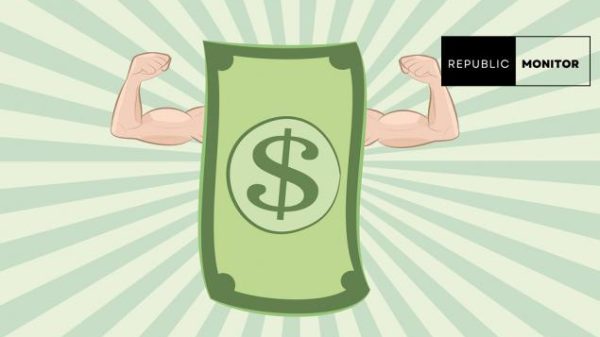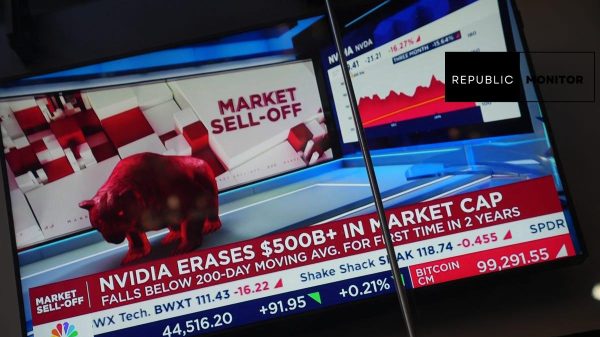Numerous states continue to provide eviction protections to Americans. Despite the Supreme Court ended President Joe Biden’s eviction moratorium months ago, more than 15 percent of tenants are still behind on their payments.
Renters owe an average of $3,700 per month in rent, The Real Deal said. The average debt is $2,700 in Alabama. In California, though, it is closer to $5,300. The discrepancy in rental rates is obvious in minority populations.

PHOENIX, ARIZONA – OCTOBER 07: A tenant speaks with a Maricopa County constable who arrived with an eviction order on October 7, 2020 in Phoenix, Arizona. The tenant was able to prove she had paid the rent and the order was withdrawn. Thousands of court-ordered evictions continue nationwide despite a Centers for Disease Control (CDC) moratorium for renters impacted by the coronavirus pandemic. Although state and county officials say they have tried to educate the public on the protections, many renters remain unaware and fail to complete the necessary forms to remain in their homes. In many cases landlords have worked out more flexible payment plans with vulnerable tenants, although these temporary solutions have become fraught as the pandemic drags on. With millions of Americans still unemployed due to the pandemic, federal rental assistance proposals remain gridlocked in Congress. The expiry of the CDC moratorium at year’s end looms large, as renters and landlord face a potential tsunami of evictions and foreclosures nationwide. (Photo by John Moore/Getty Images)
CNN (via ABC Columbia) said that 11 million Americans are struggling to pay their rent. According to the Center on Budget Policy and Priorities, 24 percent of those who reported being overdue were Black tenants, while 11 percent are white renters. Meanwhile, 18 percent of Latino and Asian tenants owe rent.
Many governments and jurisdictions have set aside landlords’ strong objections to protect renters on a more local level in response to the eviction problem.
ALSO READ: Treasury: States, Cities Could Return Money Supposedly for Rental Assistance
States That Continue To Ban Evictions
CNBC, citing the COVID-19 Eviction Moratoria Team study, said at least seven states have restricted evictions connected to the rental assistance procedure that will extend until 2022. These are: Virginia, Washington, D.C., Oregon, Minnesota, Michigan, Massachusetts, and Connecticut.
This implies that a landlord must first apply for federal rental assistance in certain areas before proceeding with an eviction. In contrast, in others, a landlord cannot evict a tenant until their application is complete.
Renters in New Jersey and New York, however, cannot be evicted until January. New Mexico has also made it illegal to force tenants out of their houses until further notice.
In addition to state initiatives, the White House has provided $46 billion in federal rental aid, which Congress has approved. According to the National Low Income Housing Coalition statistics, states and towns have been dispersing the money at a feeble pace, with just 26 percent of emergency rental aid issued so far.
RELATED ARTICLE: Stimulus Check Update: Here’s Why Thousands Of Americans Abroad Got Payments















